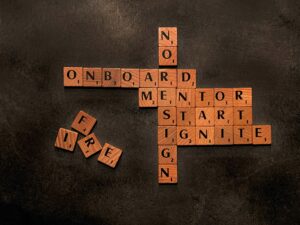
As mentioned in my last post “Why have a Meeting House“, Quaker meetings are often supporting meeting houses with fewer members, as the number of Quakers donating money and time has reduced.
Just over a year ago I helped organise an event in London called “Creating a Vision of Our Future“. During this, Alec Davison gave an inspirational talk on what meeting houses could become – true beacons of Quaker testimonies in our local communities and beyond. He suggested setting up small Quaker Centres for the local area with events, retail outlets and other things supported and inspired by the local meeting’s concerns, but not necessarily organised or run by the local meeting.
John Dash (Secretary of Six Weeks Meeting soon to be London Quaker Property Trust) focused his talk on London, specifically its pooled funds system. However, other talks, such as Clare Scott-Booth on aspects and initiatives seen across the country by Quaker Stewardship Committee, or John Marsh’s investigation of what can happen in a Quaker meeting, are applicable to any meeting.
Downloads of all four of the talks, with all supporting papers, are available on the link given above. This event led to the setting up of a “Boundaries Group” who are looking at the technical aspects of Quaker life across London.
But it isn’t all profit and loss sheets with business cases.
Hopefully, all Quaker meetings are a spirit-led, all-age faith community trying to create a vibrant worshipping community which is based on their testimonies of equality, integrity/truth, peace, simplicity, and sustainability. This last testimony, sustainable action, raises the expectation that a community should strive to be able to support itself and its activities.
Linked to that surmise are the following questions:
- If the meeting as a group agrees that a piece of work should be done, how can it spread that work fairly to avoid burnout and empower everyone to take part?
- How can we, as Quakers, ensure that both our meeting house and our meeting is a beacon to the surrounding community, as opposed to a burden on others or ourselves?
So, if your meeting has a building that could be let out, what then? Each meeting should consider the uses of its building, as well as how best to maximise the income from that asset and usage.
Remembering that the reason for having a building is primarily to support any initiatives and activities (including meeting for worship) that F/friends have set up or in which they are involved. Again, you don’t need to have a building; alternative venues and uses can be explored.
Each meeting needs to consider these questions in relationship to their own situation, and review them at regular intervals. What was possible twenty years ago may be more difficult now. Perhaps your members are older and less active, or perhaps there has been an influx of children and you need more room.
With the realization that your priorities may have changed comes the possibility that there may be new conflicts in these priorities. Accepting these changes means the meeting can work through them together, bringing new opportunities as well as challenges. How can the meeting now answer the age old Quaker query: “How does truth flourish among us?”
Thankfully, no meeting is an isolated community. There is help available from other meetings, and from Quaker Life through the Quaker Life Network. Personally, I thoroughly enjoy the Wardenship e-list group, where you can ask any question in confidence.






